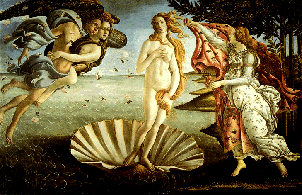
Sandro Botticelli (1445-1510): "The Birth
of Venus." (c. 1482). Uffizi Gallery, Florence, Italy.
Image reproduced by courtesy of Planet Art. | 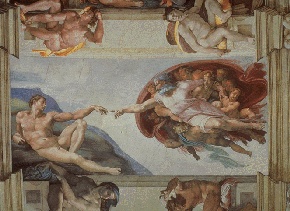
Michelangelo [Michelangelo Buonarroti], 1475-1564.
The Creation of Adam
Fresco (1510). Detail of the Sistine ceiling. Sistine Chapel, Vatican.
Corel Corporation |
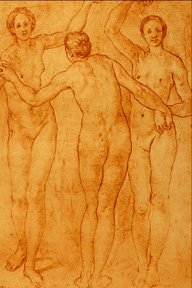
Jacopo Carrucci
The Three Graces
the Reunion des Musees Nationaux, France. | 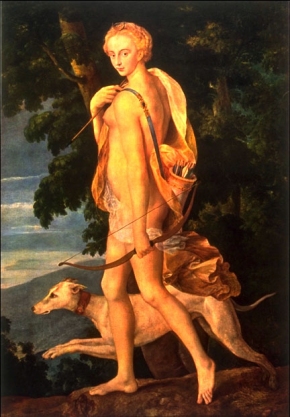
"Diane Chasseresse," School of Fontainebleau.
The Nelson-Atkins Museum of Art, Kansas City, Missouri. |
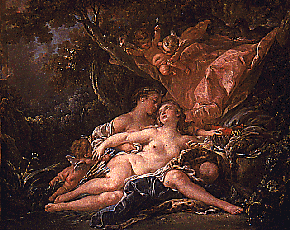
In the painting "Jupiter In the Guise of Diana and the
Nymph Callisto," by Francois Boucher (1759), Jupiter pretends to be
Diana and whispers in Callisto's ear.
The Nelson-Atkins Museum of Art, Kansas City, Missouri. (Purchase: Nelson Trust). | 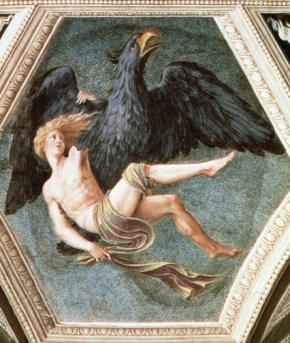
Renaissance panel ceiling by Baldassare Peruzzi entitled "The Rape of Ganymede." (c. 1509-14). Villa Farnesina, Rome, Italy.
Image courtesy of PhotoDisc, Inc. Images provided by (c) 1995 Fototeca Storica Nazionale. |
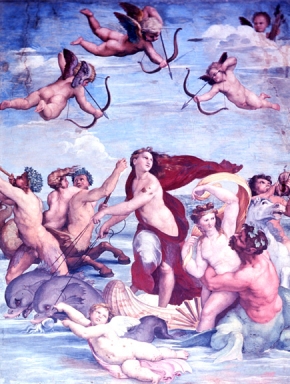
Renaissance painting (16th century) depicting Galatea. Villa Farnesina, Rome, Italy.
Image courtesy of PhotoDisc, Inc. Images provided by (c) 1995 Fototeca Storica Nazionale. | 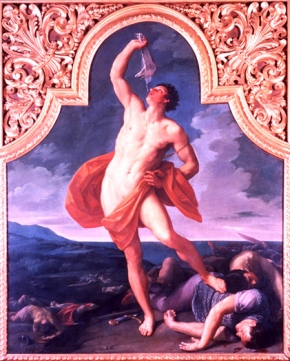
Guido Reni
The Victorious Samson
Baroque painting (17th century). Pinacoteca Nazionale, Bologna, Italy.
Courtesy of Planet Art. |
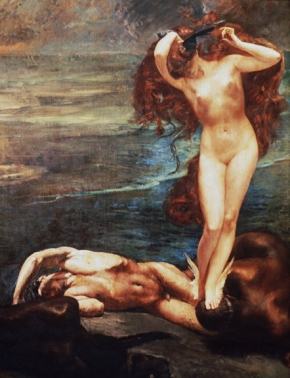
Giulio Aristide Sartorio
The Gorgon and the Heroes.
European painting (19th - 20th century). Gallery of Modern Art, Rome, Italy.
The Philadelphia Museum of Art: The George W. Elkins Collection. | 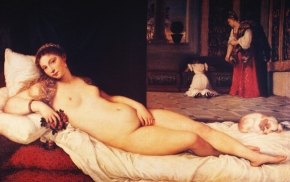
Renaissance painting (1538). Venus of Urbino. Uffizi Gallery, Florence, Italy. Titian [Tiziano Vecellio], c.1488/90-1576
Courtesy of Corel Corporation. |
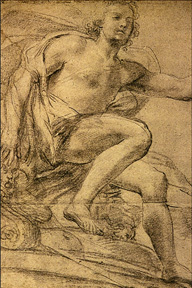
The drawing, "Study of Apollo" by Domenico Veneziano (1410-1461), an Italian Renaissance painter.
PhotoDisc, Inc. Images provided by (c) 1995 Fototeca Storica Nazionale. | 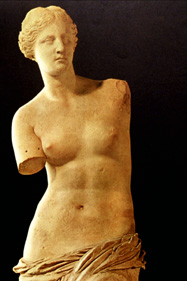
The Venus de Milo is perhaps the most famous of all antique statues housed at the Louvre museum in Paris, France.
Planet Art. |
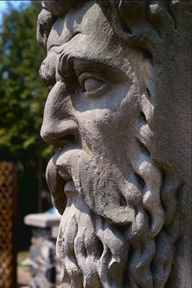
This statue represents the Roman god, Neptune, who like the Greek god, Poseidon, ruled the sea. This statue stands on the island of Crete.
Corel Corporation. | 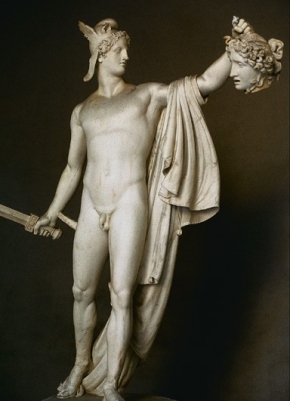
Statue of Perseus. Vatican Museum, Rome, Italy
Courtesy of Corel Corporation. |
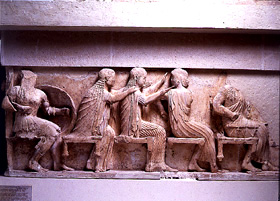
Left section of the freeze (c. 525 B.C.) of the treasure of Siphnioi, entitled "Symposium of the Gods." Delphi, Greece.
Image courtesy of the Superintendency (Ephoria) of Prehistoric and Classical Antiquities in Delphi. Greek Ministry of Culture-Archaeological Receipt Fund. | 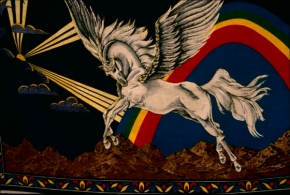
Mural of the winged horse Pegasus, Turkey.
Courtesy of Corel Corporation. |






















